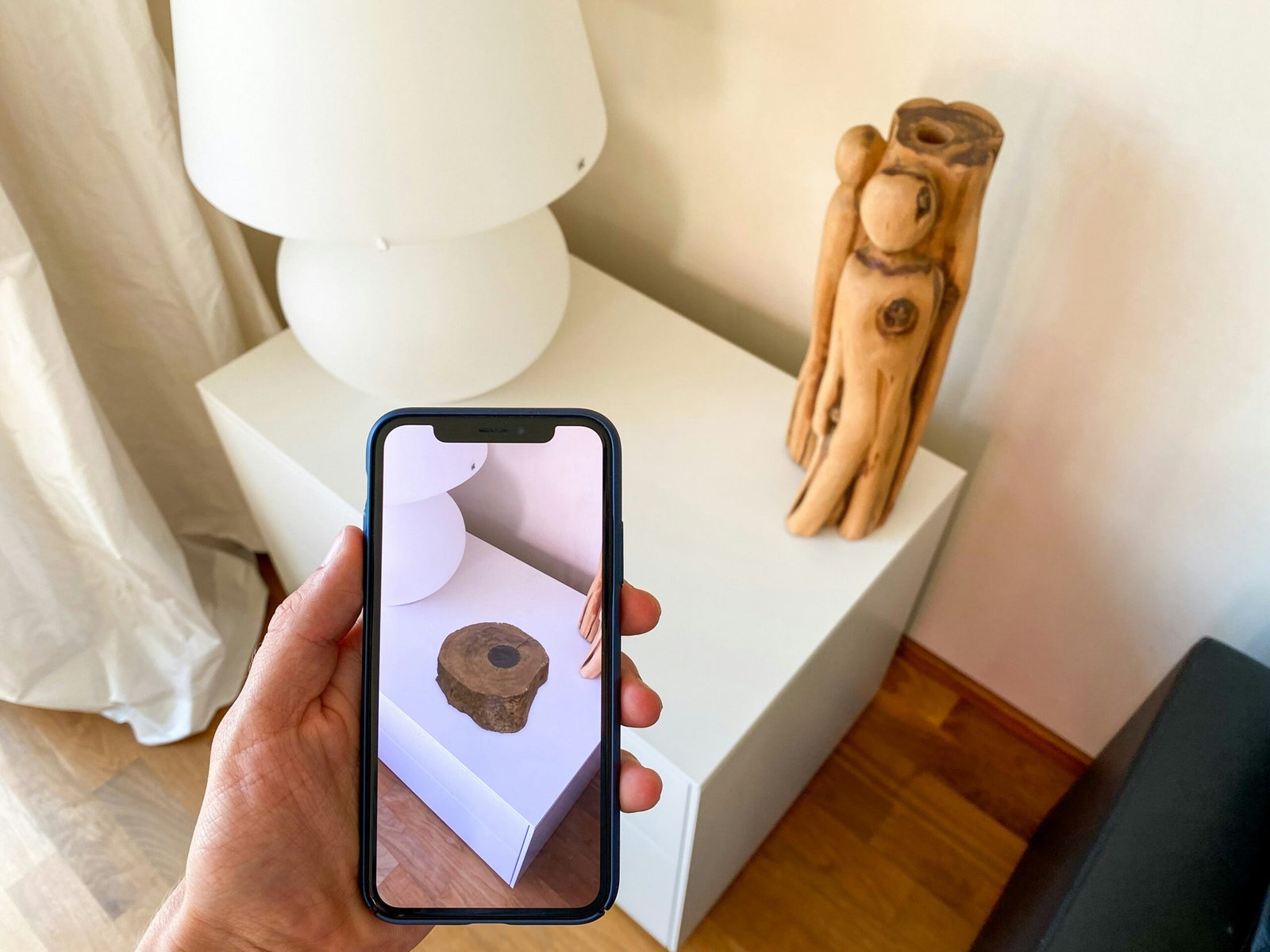With the growing interest in nature and the environment, plant identification apps have become increasingly popular. These apps provide a convenient way for users to explore the natural world and learn about different plant species. However, the success of these apps relies heavily on their user interface (UI) and user experience (UX) design. In this blog post, we will explore the importance of UI/UX in plant identification apps and discuss some key considerations for creating a seamless and engaging user experience.
The Role of UI/UX in Plant Identification Apps
UI/UX design plays a crucial role in the success of plant identification apps. A well-designed UI ensures that the app is visually appealing and easy to navigate, while a thoughtful UX design ensures that users can easily identify plants and access relevant information. Here are some reasons why UI/UX is important in plant identification apps:
1. Visual Appeal
A visually appealing UI is essential in attracting and retaining users. A well-designed interface with beautiful imagery and intuitive layout can make the app more enjoyable to use. By incorporating visually pleasing elements such as high-quality plant images, vibrant colors, and clean typography, designers can create an engaging and immersive experience for users.
2. Intuitive Navigation
Plant identification apps should have a user-friendly navigation system that allows users to easily access different features and functionalities. Clear and intuitive navigation menus, search bars, and icons can help users navigate through the app effortlessly. Additionally, incorporating gestures and swiping actions can enhance the overall user experience and make the app more interactive.
3. Accurate Plant Identification
The primary goal of a plant identification app is to accurately identify plant species. A well-designed UI/UX can greatly improve the accuracy of plant identification by providing users with clear and concise information about each plant. This can include detailed descriptions, habitat information, and images of different plant parts. By presenting information in a visually appealing and easy-to-understand format, users can quickly and accurately identify plants.
4. Personalization and Social Features
UI/UX design can also enhance the personalization and social features of plant identification apps. By allowing users to create profiles, save their favorite plants, and share their findings with others, the app can create a sense of community and encourage users to engage with the app on a regular basis. Personalization features such as customized plant recommendations based on user preferences can also enhance the overall user experience.
Key Considerations for UI/UX Design in Plant Identification Apps
When designing the UI/UX for a plant identification app, there are several key considerations to keep in mind:
1. Simple and Minimalistic Design
A simple and minimalistic design can help users focus on the content and make the app more visually appealing. Avoid cluttering the interface with unnecessary elements and prioritize essential features. Use clear and concise language to convey information and guide users through the app.
2. Consistent Design Language
Consistency is key in UI/UX design. Use a consistent design language throughout the app to create a cohesive and seamless user experience. This includes using consistent colors, typography, and icons across different screens and interactions.
3. Clear and Accessible Information
Ensure that the information provided about each plant is clear, concise, and easily accessible. Use a combination of text, images, and interactive elements to present information in an engaging and informative way. Consider the needs of different users, including those with visual impairments, and provide alternative text and audio descriptions where necessary.
4. User Testing and Feedback
Regular user testing and feedback are essential in refining the UI/UX of a plant identification app. Conduct usability tests to identify any pain points or areas for improvement. Listen to user feedback and make iterative changes based on their needs and preferences.
Conclusion
UI/UX design plays a crucial role in the success of plant identification apps. A well-designed UI/UX can enhance the visual appeal, navigation, and accuracy of plant identification, as well as provide personalization and social features. By considering key design principles and incorporating user feedback, designers can create seamless and engaging experiences that encourage users to explore the natural world through plant identification apps.











Leave a Reply